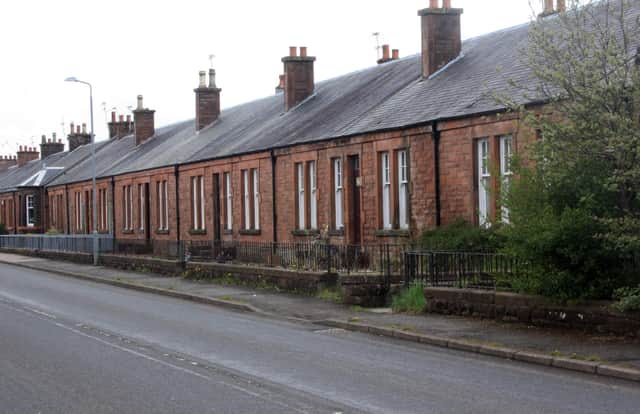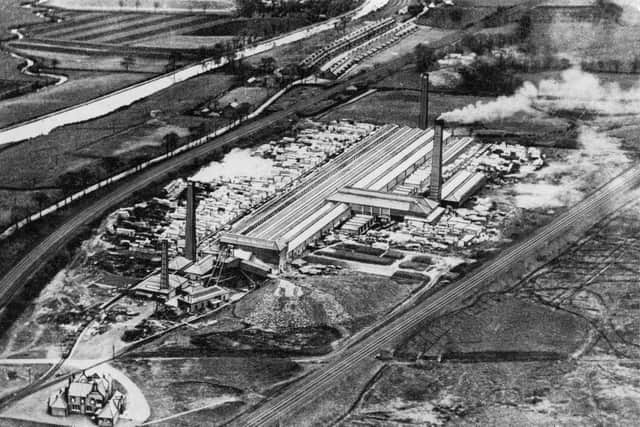Allandale's handsome cottages a reminder of rich industrial heritage


The village of Allandale is extra special for a couple of reasons: firstly its appearance, which has hardly changed since it was built on an empty site a century ago, and secondly the fact that it was created and sustained by one company, Steins, one of Scotland’s most important and successful firms.
By 1900 John Gilchrist Stein was already well established as a manufacturer of bricks, both common building bricks at the Anchor Works in Denny and fire bricks at Milnquarter.
Advertisement
Hide AdAdvertisement
Hide AdThe growth of the iron industry had increased demand for fire bricks and the rich seam of fireclay which runs across the district offered the opportunity of expansion.


The result in 1904 was the opening of the Castlecary works on the south side of the Forth and Clyde Canal to the west of Bonnybridge.
The company realised that to attract workers they would need to provide accommodation and the result was a new village which gradually appeared along the line of the B816 road not far west of Underwood Lock.
Two rows of single storey terraced houses faced with distinctive Locharbriggs red sandstone were built facing one another, those on the south side having a living room, a bedroom and a kitchen or ‘scullery’ with a bath and a separate toilet.
Advertisement
Hide AdAdvertisement
Hide AdAcross the road on the north side the houses had a second bedroom upstairs with a dormer window and a separate bathroom.
All the houses had small gardens at the front and communal drying greens behind.
By 1912 there were 55 and after the disruption of war the rest were completed so that the new village consisted of 80 homes.
The houses were strictly for employees of the works which lay a little further west on the south side of the railway line.
Advertisement
Hide AdAdvertisement
Hide AdThey were remarkably well equipped for the time having electric power.
This was switched on at 5am and off at 11pm which is not too bad especially since the works manager was willing to allow variations in case of illness and the like.
John G. Stein decided that his new village needed a name and thought that his sons Alan and Norman should be commemorated in an unusual way.
Though the spelling is not the same, Allandale (with the extra ‘l’ looked better).
Advertisement
Hide AdAdvertisement
Hide AdIt is forever associated with the young man who went on to be Colonel Alan Stein, head of the firm and great supporter of worthwhile causes in the Falkirk area. He lived at Millfield in Polmont.
His brother fared less well in the name-a-village stakes – although ‘Normandale’ was originally applied to one side of the street it did not come into common usage and is seldom heard today.
Today the company is now no more than a part of our rich history.
But those handsome cottages remain, a surprising and welcome sight for a stranger approaching along the Bonnybridge Road or a walker deviating from the canal.
The village and its characters also live on in my friend Jim Jamieson’s excellent book Allandale Cottages which is available in our local libraries.